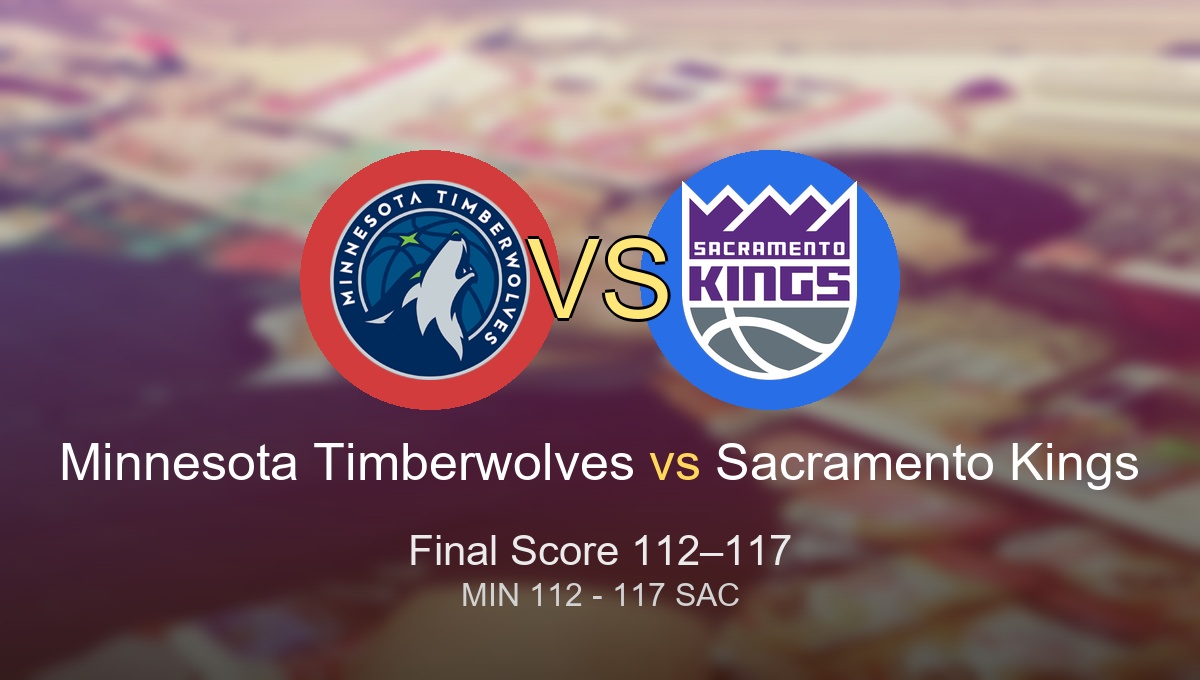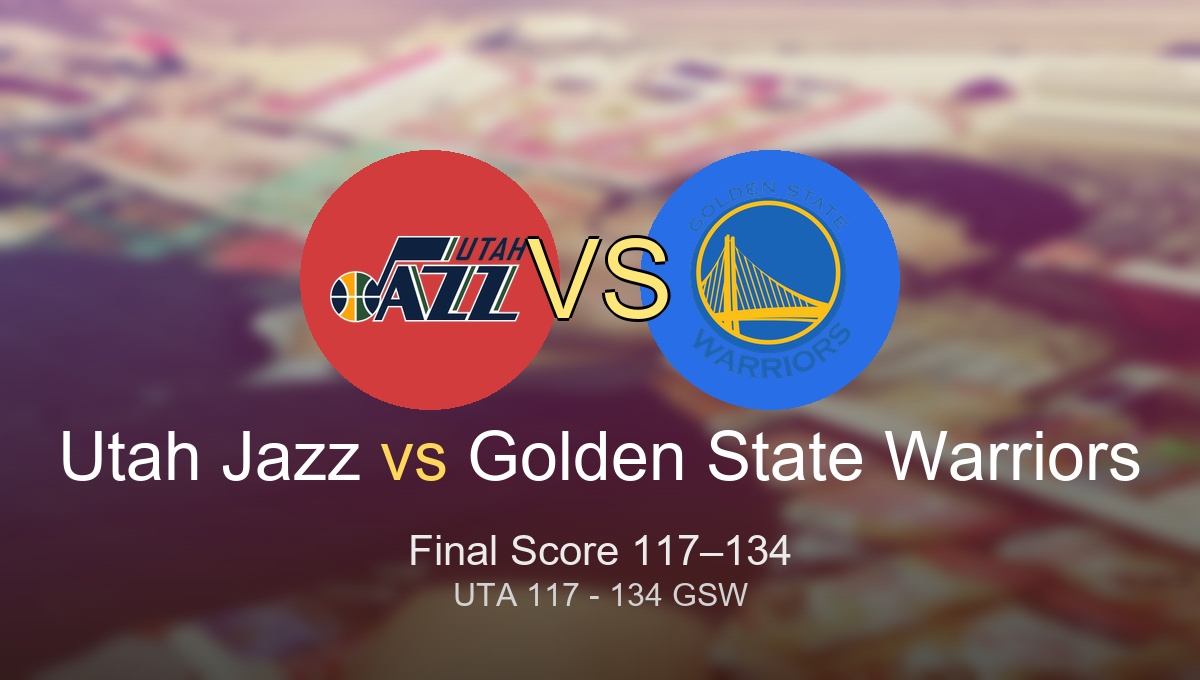
Great point guards do more than pass. They steer, steady, push, calm, and lift everyone else. When you look at the greatest NBA point guards of all time through assists and leadership impact, you get a picture of players who shaped games with their mind as much as their handle. This list leans on both. The raw assist totals that show who created the most chances. And the leadership moments that showed who carried teams through real pressure. You’ll see legends who built dynasties, guards who changed pace and spacing, and players who made teammates believe.
Context: Why this subject matters
Point guards carry responsibility no other position really touches. They manage rhythm, read matchups before anyone else sees them, and can lift an entire team just by controlling pace.
Assist numbers are one way to measure that. But leadership matters just as much. How did they guide younger players, talked in huddles, and how did teammates follow them in tight games.
This list blends both. It’s not perfect math. It’s the closest thing to a fair balance between passing production and the presence required to lead.
Methodology: Sources include official NBA assist leaderboards, team archives, historical interviews and major media consensus. Assist volume and efficiency count for about forty percent of the ranking. Leadership presence and influence count for about thirty. Longevity and consistency make up the rest. Era differences are considered by comparing how dominant each player was within their own timeline. When players tie in production, leadership detail breaks the tie.
Leading the Way
1. John Stockton
Game 6 of the 1997 Western Conference Finals still sticks with me. Stockton put up 25 points and 13 assists then buried the jumper that sent Utah to the Finals.
He holds the all time assist record at 15,806, miles ahead of anyone chasing him. He averaged over 10 assists per game for his career. His durability alone is its own category of greatness.
He once said, “You want your teammates to have success,” and teammates believed him because he lived it.
Behind the scenes he ran practice sets early in the morning with Karl Malone, no cameras, no noise. Stockton set the standard for every modern floor general.
2. Magic Johnson
In 1980 Magic Johnson played centre as a rookie, scored 42 points, grabbed 15 rebounds and handed out 7 assists in a Finals clincher.
He averaged around 11 assists per game for his career and changed how big guards play the position. Vision became power.
He said, “I’m a point guard first,” and anyone watching Showtime knew what he meant.
I’ve heard stories of him singing during warmups then turning fierce the second the ball tipped. Magic blended joy and control.
3. Oscar Robertson
Early 1960s basketball felt different. Slower. Heavier. Then the Oscar Robertson rolled in and averaged over 10 assists per game while scoring over 25.
He sits high on every all time list and was the first true triple threat lead guard.
Robertson didn’t brag. He just produced. Fans from that era still sound in awe when describing how calm he looked controlling possessions.
He opened the door for big guards with complete games.
4. Chris Paul
When teammates talk about leadership they usually talk about Chris Paul. Over 12,500 assists. League leader in steals multiple times.
He once said, “You get one shot at your dream,” and he plays like it.
I’ve spoken to players who mention how he checks in during film sessions, asking younger guys what reads they see. He leads by detail.
Paul shaped a generation of guards who combine passing with toughness and voice.
5. Isiah Thomas
Isiah Thomas ran those Detroit teams like a heartbeat. In the 1989 Finals he controlled tempo and delivered clutch possessions over and over.
He averaged about 9 assists per game and brought grit, fire and lift to a roster built on edge.
His sister used to sit courtside. One quick glance from him told teammates to settle down.
Isiah made leadership feel personal. Real. And it won.
6. Jason Kidd
In 2001 Jason Kidd powered the Nets with a triple double in the Finals and kept them steady in a chaotic series.
He finished with more than 12,000 assists and remains one of the best rebounding guards ever.
Early in his career he used to haul bags of film onto the team bus to study opponents alone.
He stands here because his leadership aged well. Young, prime, old. His voice always mattered.
7. Steve Nash
The mid 2000s belonged to Steve Nash and the flow game he built. He finished with 10,335 assists and pushed pace like few others.
His pick and roll mastery created open shots for players who still thank him for their best seasons.
His leadership style was quiet. Almost gentle. But teammates trusted it.
Nash turned movement and timing into a system that shaped today’s offence.
8. Bob Cousy
Back when the league was still learning itself Bob Cousy made passing entertainment.
He put up 6,955 career assists and reshaped how guards used both hands.
He once broke his arm and taught himself to dribble with the other hand. That became his signature.
Cousy opened the artistic part of passing.
9. Tony Parker
Game 5 of the 2007 Finals. Tony Parker hit a clutch jumper with about 5 seconds left, not a three pointer, and pushed San Antonio toward another championship.
He averaged roughly 7 assists at his peak and made a career out of timing and angles.
Behind the scenes he acted as a bridge in a locker room with multiple cultures and languages. Spurs staff still talk about how smooth he made tension.
Parker showed leadership doesn’t have to be loud. Just steady and sure.
10. Russell Westbrook
In 2017 Russell Westbrook averaged a triple double with more than 10 assists per game and shattered the perception of what one guard can physically handle.
He sits near the top of total triple double leaders and has nearly 10,000 assists.
His behind the scenes routine is wild: he used to throw twenty straight hit ahead passes in warmups before taking a shot.
He changed how guards combine speed with creation.
11. Derrick Rose
The 2011 season felt like a storm. Derrick Rose became the youngest MVP ever while averaging close to 8 assists and carrying Chicago with defiance and craft.
The stats were strong. The leadership felt stronger.
He once said he just wanted Chicago to “believe again,” and you could feel that in the building.
Even injuries didn’t erase the memory of how he led in his peak.
12. Tiny Archibald
Tiny Archibald’s 1972 season might be the toughest statline ever. He led the league in scoring and assists in the same year.
Over 34 points per game with over 7 assists. Nobody has matched that.
When you watch clips the pace looks different because he pushed it different.
His legacy sits in every guard who blends scoring and creating without blinking.
13. Steph Curry
Steph Curry changed the league more than almost anyone in the last decade. But here’s the thing. These rankings lean forty percent on assist volume and efficiency, and Curry’s career assist numbers sit lower than the elite totals above him.
He averages around 6 to 7 assists per game and stands far behind Stockton, Magic, Kidd and Nash in both total production and per game creation.
His impact though. That’s where the conversation gets loud. He stretched defences to half court, led a dynasty, and became the reason teams everywhere started valuing spacing and movement. Coaches still quote his shot gravity in scouting meetings.
He lands here because the methodology is strict. If leadership and impact alone were the driver he would be top 5. But assist volume drags his score down in a list built for pass first engines.
14. Mark Jackson
Mark Jackson put up 10,334 assists and averaged over 8 per game for years.
He didn’t dominate athletically. He commanded trust.
There’s a story about him watching film in his basement all summer then teaching teammates the reads during walk through.
Jackson showed leadership through communication, not fire.
15. Gary Payton
Gary Payton finished with 8,966 assists and built a reputation as the loudest on court voice of his era.
His defence gets headlines but his playmaking was steady and sharp.
He once called out a screen before it even arrived then jumped a passing lane and threw a hit ahead dime. Pure instinct.
Payton’s leadership came through confrontation and confidence. And teammates loved it.
What Comes Next
The position keeps evolving. Taller guards. Faster decisions. More shooting. One fan said, “The new point guards lead on the move,” and that feels right.
There are young players right now building assist numbers while learning how to lift a team. Watching them grow will tell us where the next wave lands.
Here’s the real question though. Who is going to blend assists and leadership well enough to break into this fifteen.
Also Read: https://info-vista.com/greatest-multiple-jersey-retirement-players/



